How Air Conditioning Works
Simplest Explanation
How air conditioning works?
This should be the easiest to understand. We hope you enjoy reading it as much as we enjoy writing it.
There’re four basic components to ALL air conditioner units. Without the four components, air conditioner units or refrigeration cycle doesn’t exist.
Compressor – It moves and increases the refrigerant temperature
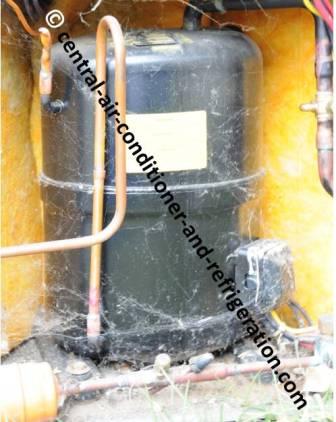
Condenser coils – Reject the hot
heat
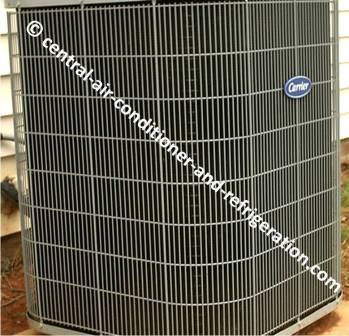
Evaporator coils – absorb the warm heats
Metering device – Controls the flow of refrigerant
We will be discussing from split central air
conditioner units perspectives.
What is split central ac units?
Split central air units is having the four
components split into two separates department.
Indoor units: Metering device and evaporator coils
There are other components within the furnace, but these two are for central air conditioning unit.
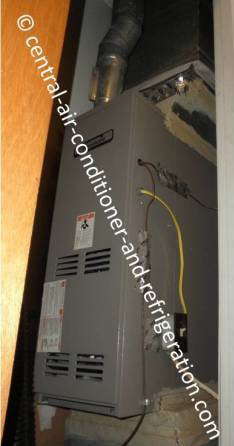
Outdoor
units:
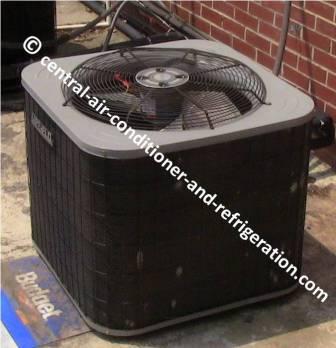
“Condensing coil + compressor is known as condenser units”
The compressor is inside the condenser units
What is connecting the Indoor unit and the Outdoor units?
There are two copper lines connecting these components. One copper line is insulated and big and the other copper line is small and bare.
The bare and small copper lines are known as liquid lines
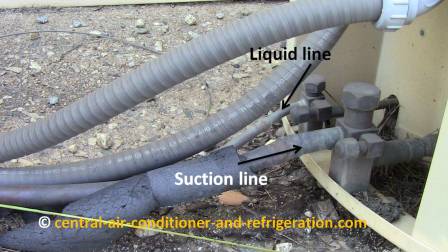
The Freon flows through the copper lines to get from indoor unit to outdoor units.
If we go outside, we should see it. By the way, don’t touch the small copper lines. It’s hot – yes, I did warn you!
The principle behind how air conditioning works
How does it absorb heat?
We have the evaporator coils; it is low temp and pressure, about 40°F. You have indoor air temp at 75°F and higher or lower.
Why does it absorb heat?
“Heat always flow from materials at a high temp to materials at a low temp”
The law above is the main ideas to how air conditioning works!
The heat from the 75°F air will flow to a 40°F evaporator coils. As it flows, the surrounding evaporator coils air will become cold.
What is absorbing the heat?
The Ac Freon is absorbing the heat. The Freon is like a vehicle that carries the heat. It wills carry the heat across the evaporator coils and turns to vapor.
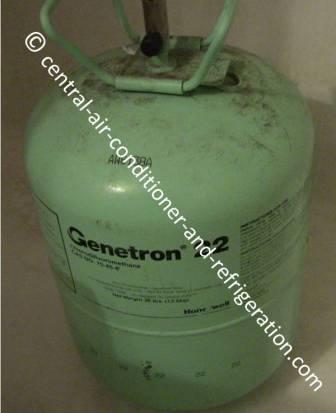
Here is video to how air conditioning works
By OrangutanHS
Click play to watch the HVAC video.
Why does the Freon turns to vapor?
If you boil water; eventually, it becomes vapor, right? The same thing here, if the Freon at 40°F absorb a lot of heat from 75°F air, the Freon wills become vapor.
As the Freon turn to vapor, it enters the compressor through the suction lines as vapor.
What happen to the Freon in the compressors?
The refrigerant already at vapor state as it enters the compressors. At this point, the compressor will adds more heat to the vapor refrigerant.
This will increase Freon temp and pressure. And, then it rejects the heat through the discharge line to the condenser coils.
What happen to the heat in the condenser coils?
The condensing coil is high pressure and temp. The condensing coils temperature around 125°F and the outdoor temp around 95°F.
“The 125°F heat will flows to 95°F air and it’ll lows the condensing temp.”
What happen after lower the condenser refrigerant temp?
The refrigerant will goes through the metering device. The metering device has a hole smaller than chopsticks.
As the refrigerant enters the small hole, it causes the refrigerant to lower it pressures and temperature to 69 psig or 40°F.
What happen next?
The cycle will
repeat itself. The 40°F refrigerant will goes through the evaporator coils. And
it wills absorb the heat.
As it absorbs the
heat, the evaporator coils surrounded air is cold. At the same movement, the
indoor blowers will move that cold air to the individual rooms.
That is how air conditioning works.
Return to central air conditioner and refrigeration